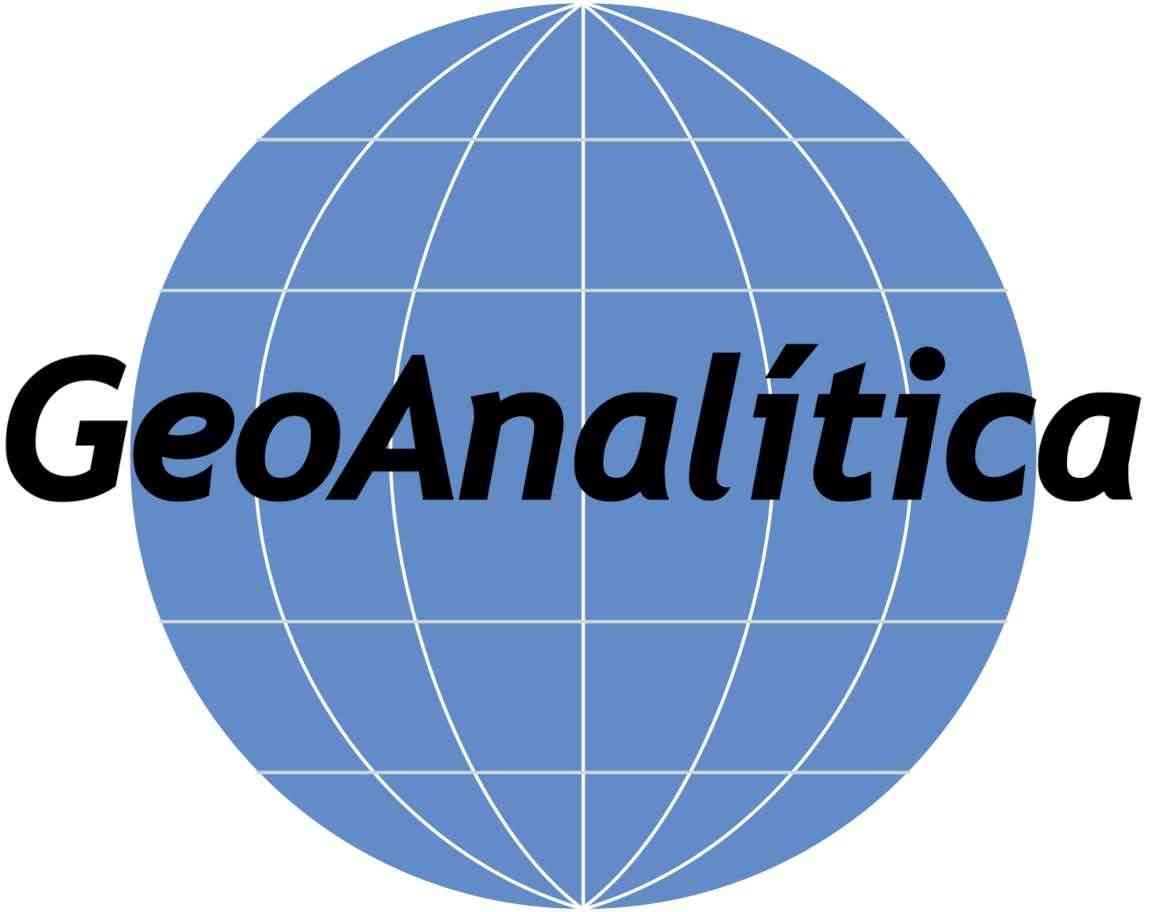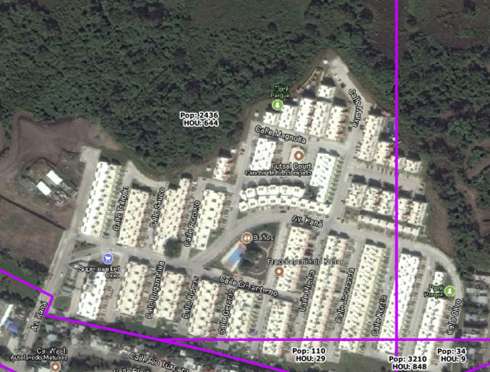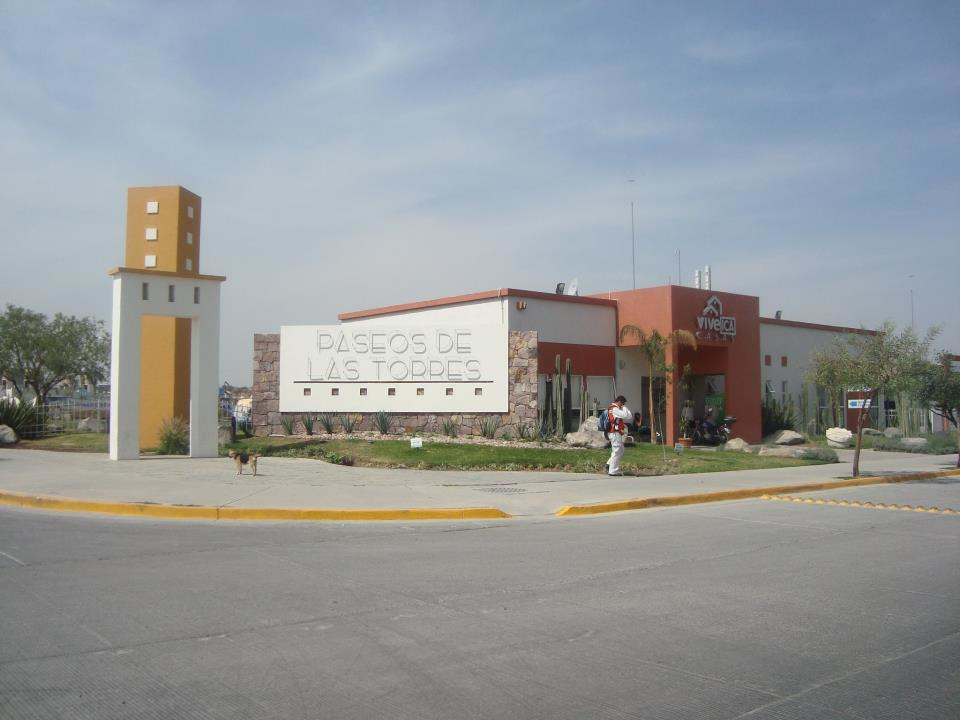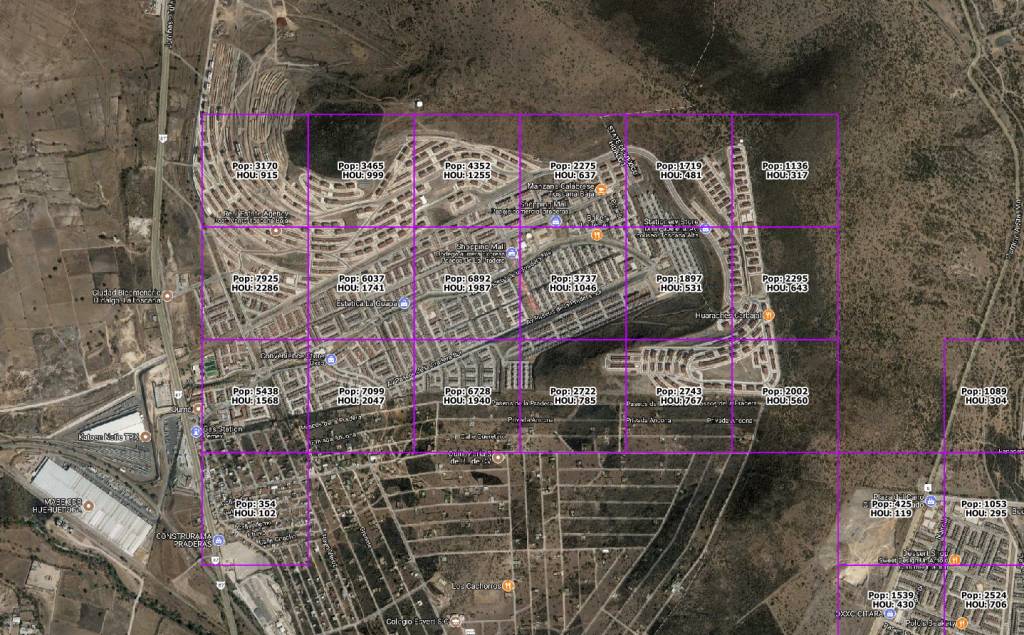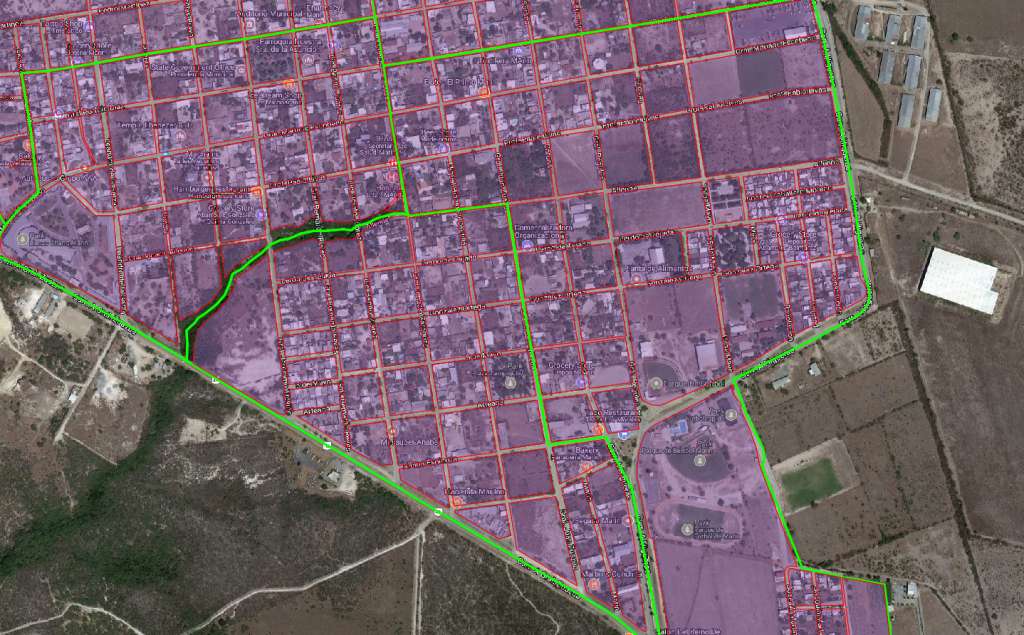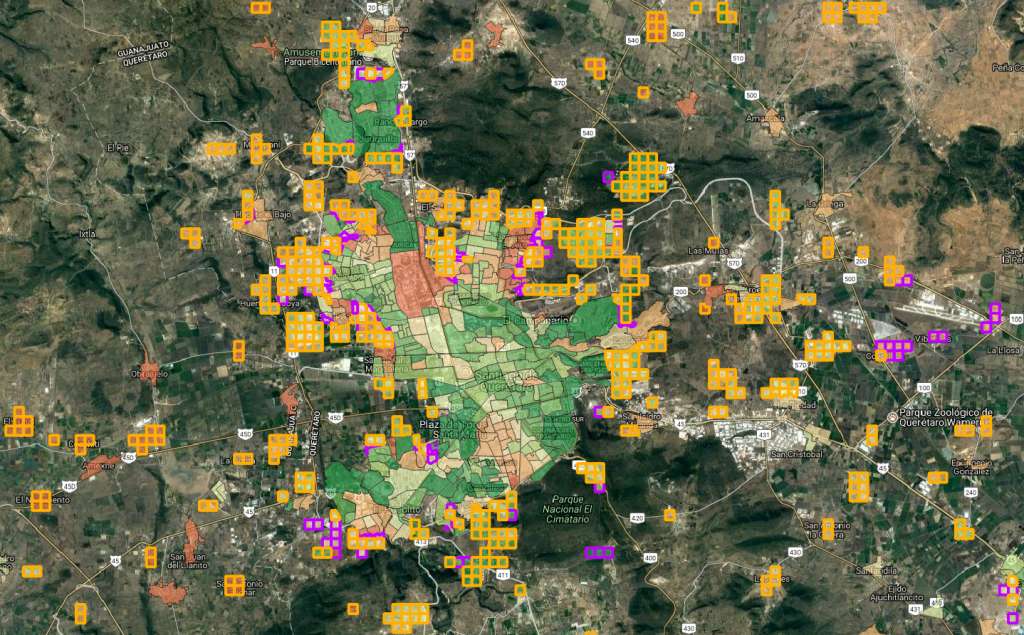Anyone who pays attention to the demographics of Mexico knows that residential development can be verge on the erratic. In a medium-sized city, you may see a plot of brushy, vacant farmland transformed into a community of thousands in just a few months. Then, you might not see any new development in that city for […]
